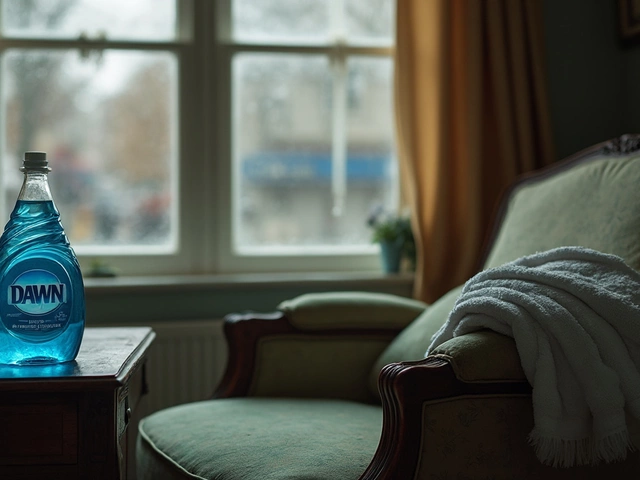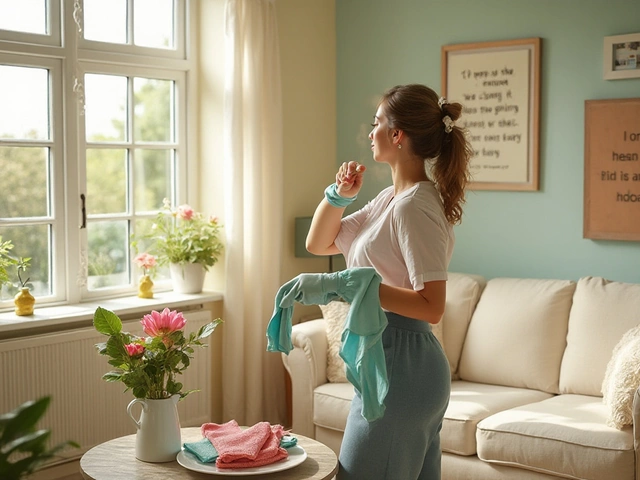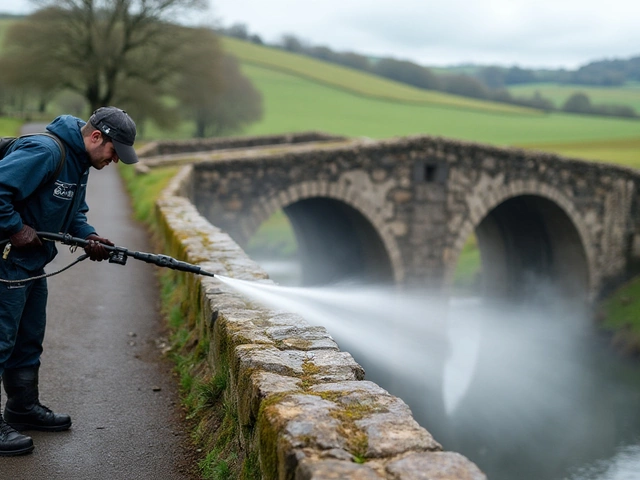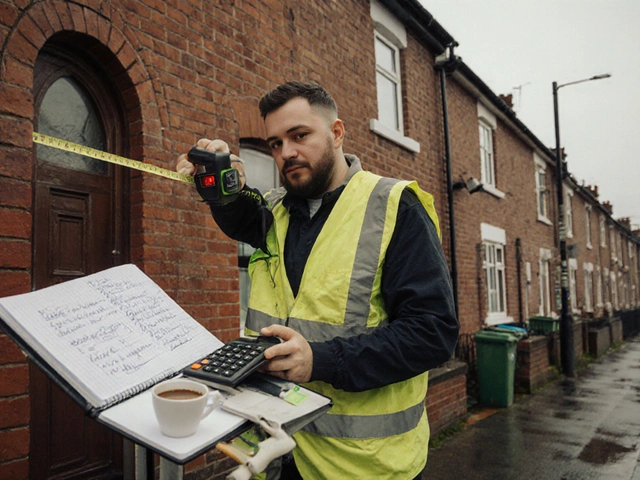Doing the laundry might seem like a routine chore, but the choices we make in our laundry products can have a significant impact on the environment. The type of detergent you use can contribute to pollution and affect aquatic life. So, what are the options if you want to keep your clothes clean and your conscience clear? There are eco-friendly detergents that eliminate the harmful chemicals often found in traditional products.
In this article, we dive into what makes a laundry detergent harmful and how to identify products that are better for the planet. From the list of suspicious ingredients to look out for to alternative detergents gaining popularity, knowing what to wash with is essential for treading lightly on our Earth. Plus, we’ll touch upon some easy-to-make detergent recipes that you can create at home.
- Understanding Harmful Ingredients
- Finding Eco-Friendly Options
- The Role of Packaging
- DIY Eco-Friendly Detergents
Understanding Harmful Ingredients
When it comes to choosing a laundry detergent, many people don't realize that these everyday products can contain numerous harmful ingredients. These substances can pose risks not just to the environment but also to our health. A common culprit is phosphates, which are added to detergents to help soften water and make the cleaning process more effective. However, once they enter the water supply, phosphates can cause algae blooms. These blooms deplete oxygen levels in water bodies, leading to dead zones where aquatic life can't survive.
Another ingredient to watch for is surfactants, specifically those derived from petroleum, like nonylphenol ethoxylates. These are potent chemicals that can linger in the environment for years, wreaking havoc on wildlife by disrupting hormones and accumulating in the food chain. It's alarming to note that many traditional detergents are packed with synthetic fragrances, which often contain phthalates. These are chemicals linked to hormone disruptions and have adverse effects on both animals and humans.
"It's not just the fish that are affected," says Dr. Patricia Vicente, an environmental scientist with the Clean Water Initiative. "Phthalates and other chemicals from detergents can evaporate into the air, becoming pollutants we end up breathing indoors."
Beyond these, optical brighteners, which are used to make fabrics appear whiter and brighter, don't break down easily. They're known to be toxic to marine organisms, and there's growing concern about their cumulative impact. Some detergents also have dyes and preservatives, included to make products look more appealing and to extend shelf life. Yet, these often do more harm than good when released into nature.
Identifying Safer Alternatives
Considering the detrimental effects of these ingredients, it seems evident that opting for eco-friendly laundry solutions can make a big difference. Many green alternatives are now available that boast biodegradable formulas without compromising on cleaning power. By choosing plant-based surfactants and enzyme-powered stain removers, you ensure your laundry habits don't harm the planet. Look for certifications like the USDA Biobased Product label, which verifies that a significant share of the product comes from renewable resources.Yet, the journey to truly sustainable laundry solutions doesn't end here. It's equally important to consider the impact of packaging and transport. Brands that prioritize minimalistic, recyclable packaging or offer refill options tend to have a lower environmental footprint. This kind of ethical attention to detail showcases the growing shift in consumer awareness and demand for more conscientious products, challenging manufacturers to reassess their production methods and ingredients.
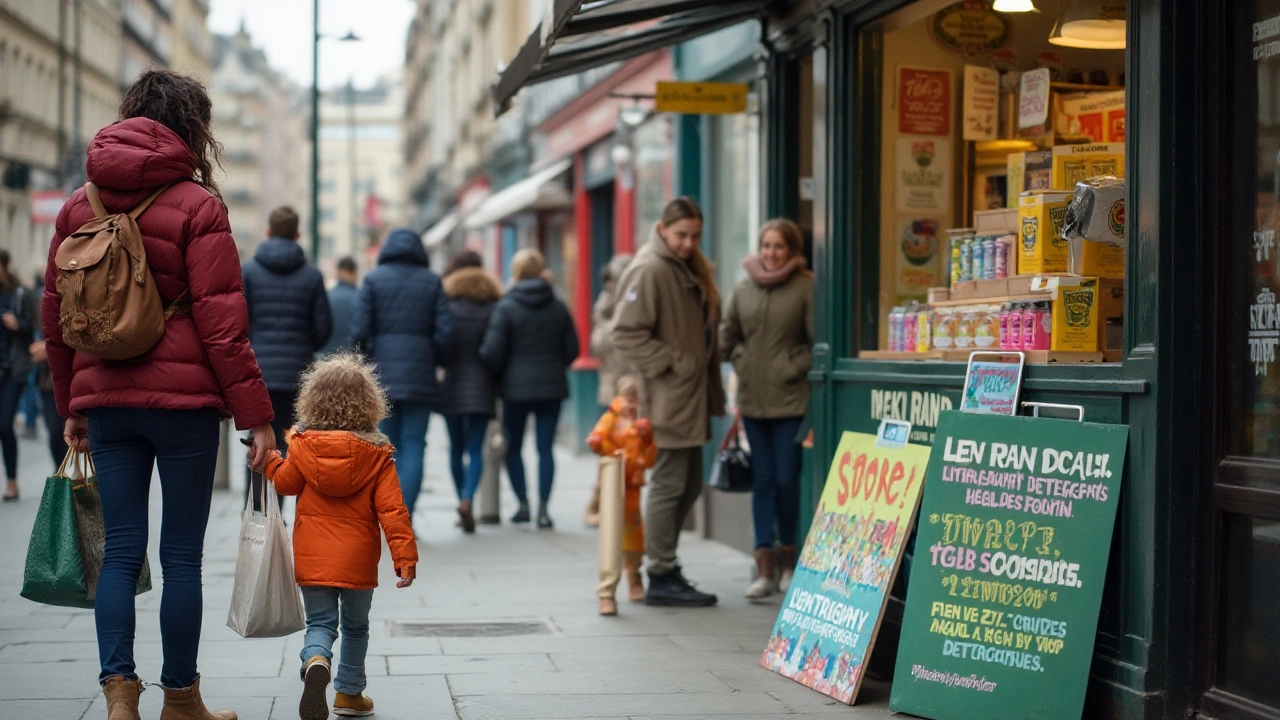
Finding Eco-Friendly Options
When it comes to choosing the right laundry detergent, it's about more than just how well it cleans. Eco-friendly laundry options are gaining popularity, not only for their gentleness on fabrics but also for their reduced footprint. Traditional detergents often hide chemicals that can affect both human health and our precious ecosystems. Phosphates, optical brighteners, and synthetic fragrances are not just difficult to pronounce; they are harmful substances that make their way into water systems, harming aquatic life. Understanding this is crucial to making informed choices when switching to more sustainable options.
Environment-safe detergent choices often rely on biodegradable ingredients that break down swiftly and don't linger in water systems. Brands like Ecover and Seventh Generation have led by example, offering solutions that aim to maintain nature's balance while ensuring clean clothes. Ecover, for instance, uses plant-based and mineral-packed formulas that are gentle on the earth. Seventh Generation prides itself on using 97% plant-based ingredients, excluding any synthetic fragrances or dyes. Plus, these companies encourage transparency, listing every ingredient on their labels. When ingredients are no longer a mystery, making smart choices becomes easier for environmentally conscious consumers.
"Sustainability is found not just in the ingredients but also in the systems we establish to create those products," notes Ellen MacArthur, a pioneer in the sphere of eco-conscious living.
Label vigilance remains a key factor when choosing green cleaning products. Keep an eye out for certifications from trusted organizations like USDA BioPreferred Program, EcoLogo, or Green Seal. These certifications give a nod of approval, ensuring that each detergent meets standards for reduced environmental impact. Never underestimate the power of packaging either. While some brands emphasize eco-friendly formulas, others walk the talk by using recycled materials for their bottles and offering refill stations to reduce single-use plastics.Sustainable detergent choices matter, but so do the containers they come in. This dual approach addresses both the contents and the packaging, symbolizing a greater commitment to the planet.
DIY alternatives are another fresh approach, and they rest on a surprisingly simple recipe base. Ingredients you might already have at home—like baking soda, vinegar, and natural castile soap—can make effective laundry detergents that are just as powerful as store-bought. These ingredients both deodorize and clean. By choosing DIY creations, the number of damaging additives reduces drastically. The bonus? These homemade versions are often kinder on the wallet too, granting eco-conscious living in an accessible format. So next time you think about your wash cycle, remember there's more than one way to keep it green.
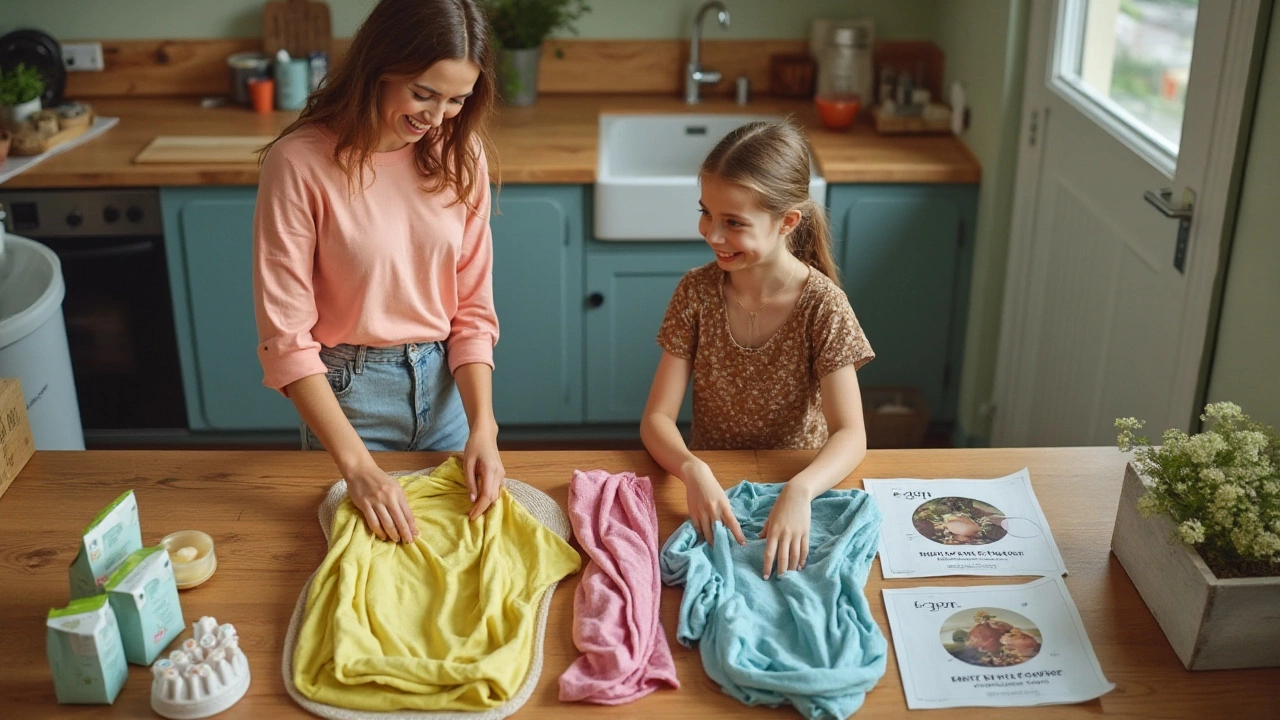
The Role of Packaging
When we think about selecting an eco-friendly laundry detergent, our minds often focus on the formula inside the bottle. However, the packaging that houses these detergents plays an equally critical role in sustainability. Plastic containers, traditionally used, contribute heavily to the growing plastic waste problem. In fact, it is estimated that around 9% of plastic waste is actually recycled, leaving a significant amount to clog up landfills and oceans. This makes choosing detergents in biodegradable or reusable packaging an imperative step towards reducing environmental impact.
There has been a rise in conscientious companies turning away from plastic and instead opting for cardboard and compostable materials. These materials decompose naturally without leaving toxic residues. For example, companies like Tru Earth and Ecover have pioneered the use of strip detergent formats and recycled cardboard, respectively. These efforts drastically cut down on the volume of single-use plastics generated. Ecover's packaging is not only made from 100% recycled materials but is also designed to be recycled again, demonstrating a closed-loop system that is kinder to the Earth.
Flexible Solutions and Innovations
Innovative approaches like concentrated detergents and refill stations represent flexible solutions to packaging waste. Concentrated formulas reduce bulk and the amount of packaging required, thus lowering the carbon footprint for transport. Many brands offer refill stations or bulk purchasing options where you bring your own container, fostering a sustainable cycle. Estimates suggest that opting for refills can reduce plastic waste by up to 80%, significantly decelerating the accumulation of packaging debris. A study conducted by the Ellen MacArthur Foundation emphasized that a circular economy for plastics could yield a $200 billion economic opportunity. Such efforts not only signal a shift in company policies but also inspire consumers to make environmentally conscious choices.
“The plastic pollution problem can only be successfully addressed if one shifts the linear economic model to a circular one,” says Dame Ellen MacArthur, founder of the Ellen MacArthur Foundation.
These packaging innovations are steps towards a more sustainable future, yet consumer participation is crucial. Selecting detergents with eco-conscious packaging sends a strong message to producers about prioritizing the environment. As these shifts occur, the onus is not just on manufacturers but on each of us as consumers to endorse and demand eco-friendly packaging solutions.

DIY Eco-Friendly Detergents
Creating your own eco-friendly laundry detergents at home is not just a fun and empowering project; it also allows you to ensure that the ingredients used are totally kind to the environment. The satisfaction of knowing you’re contributing to a better planet, while also saving some pennies, makes it doubly appealing. Many commercial products contain phosphates and synthetic fragrances that can pollute waterways, but when you make your own detergent, you have control over what goes into it. The basic recipe often involves just a handful of simple, easily accessible ingredients like baking soda, washing soda, and a bar of natural soap.
Let's break down a popular recipe. Start by grating a bar of natural soap such as Castile soap, which is preferred for its gentle and biodegradable properties. Then, combine the grated soap in a large mixing bowl with washing soda and baking soda. For a regular-sized load, about one tablespoon is typically sufficient. If you want to up the ante, adding a few drops of essential oils can give your laundry a refreshing scent without any artificial chemicals.
“Instead of relying on lab-made solutions, I stock my pantry with natural cleaning agents that also do wonders in laundry.” — Anne-Marie Bonneau, The Zero-Waste Chef
A comprehensive approach doesn’t stop at making your detergent. Consider the water temperature, washing cycle, and fabric type for achieving maximum cleaning efficiency with minimal environmental impact. There are countless variations of this basic recipe online, allowing for customization based on personal preferences and washing needs. For sensitive skin, adding some Epsom salt can also be beneficial without relying on commercial fabric softeners.
To evaluate the performance of sustainable detergents, testing against typical stains can be revealing. Plant-based additives like lemon juice or white vinegar can boost the cleaning power naturally. The reuse of containers even enhances the eco-friendliness by reducing plastic waste. To add to the home-lab experience, consider using glass jars or jars that previously held food items to store your finished detergent. This creative process of producing DIY detergents turns a regular wash into something well-considered and personal.
